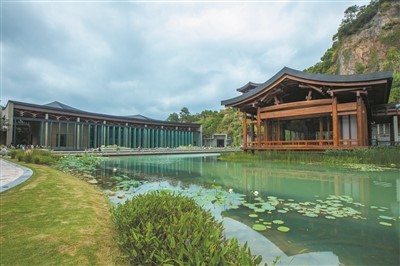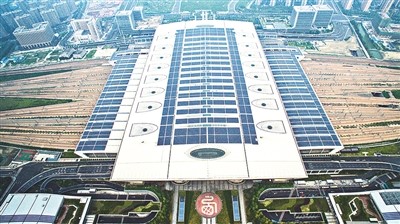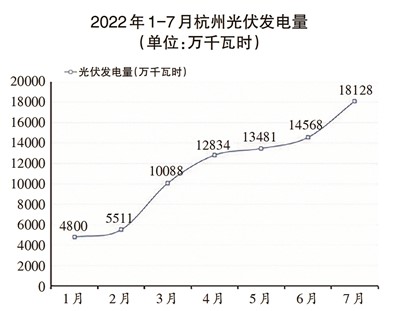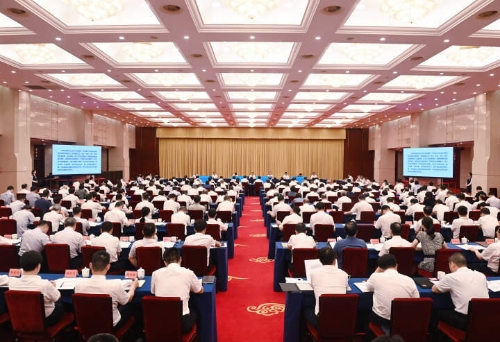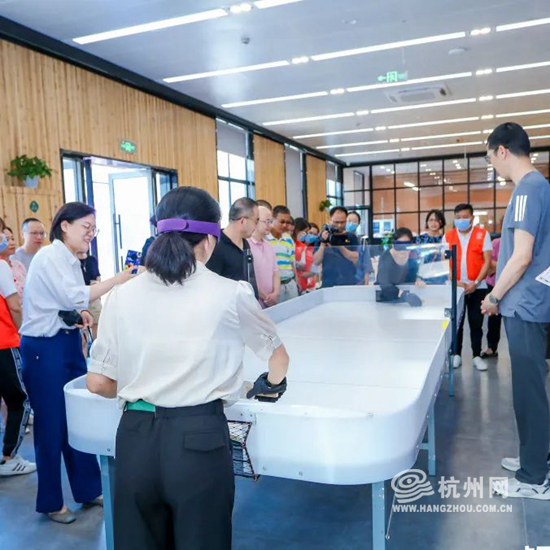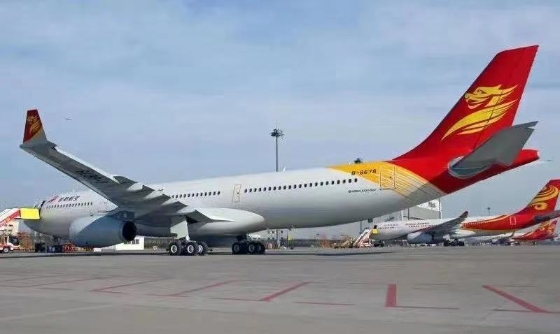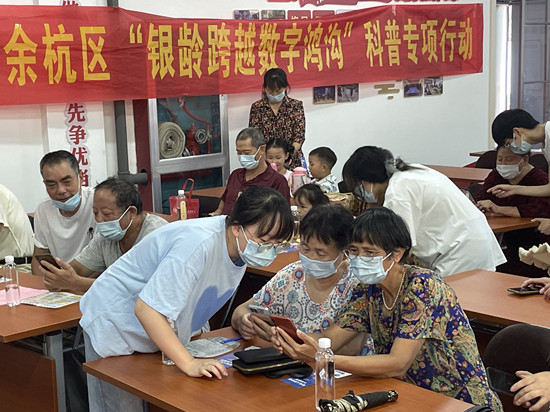At the 2022 China International Fair for Trade in Services, which is being held in Beijing, districts across the host city are showcasing their technological expertise, rich cultural and tourism resources and friendly business environment.
Among them, Chaoyang district has participated in three thematic exhibitions and launched an online show.
The district has set up a booth at the thematic exhibition of financial services in Shougang Park. It displays its role and progress in international exchange; global financial business gathering and development; two-way opening-up of capital markets; attracting international venture capital firms; and innovating management models of digital renminbi.
By introducing prime international financial resources in the district, such as renowned global financial institutions, overseas bourses and international credit agencies, Chaoyang is attractive as a regional financial hub.
It is home to more than 1,600 financial institutions, including more than 350 foreign-funded ones. The contribution by the financial industry’s added value to the district’s GDP grew from 12.2 percent in 2016 to 18.6 percent in 2021.
At another thematic exhibition in Shougang Park, Chaoyang’s display put an emphasis on two aspects: the integration of culture and technology, and new consumption trends of cultural and tourism products.
Innovative products and services, covering sports and fitness, digital music and online videos, feature a host of leading technologies including 5G, ultra-high definition resolution, digital visualization and intelligent interaction.
At the China National Convention Center, the third thematic exhibition focuses on human resources management. There, Chaoyang is the only Beijing representative. It organized three businesses from the district-Chinese job platforms Boss Zhipin and Zhaopin as well as HR management company Risfond-to attend.
Beijing’s central business district is a crucial engine driving Chaoyang’s growth. Data from the CBD administrative committee show that the core area of the Beijing CBD generated 64 billion yuan ($9.27 billion) in tax revenue in 2021, a year-on-year increase of 8.6 percent, contributing one-third of Chaoyang’s total.
The amount surpassed 33 billion yuan in the first half of this year, accounting for nearly 32 percent of Chaoyang’s total.
The Beijing CBD is exploring an innovative growth path and seeks to break through in key areas. Its friendly business environment has attracted an increasing number of companies to site their regional headquarters or first Beijing stores in Chaoyang.
Despite the challenges of the COVID-19 pandemic in the global market, nearly 300 new foreign-invested companies registered in the CBD in 2021, reporting a growth rate of 19.21 percent.
Its administrative committee said it will conduct further research into “replicable” cases and advance reform in key areas, in line with international rules and practices. The aim is to contribute a “Beijing CBD solution” to the country’s opening-up policy.
Tongzhou district, now known as the city’s subcenter, opened a pavilion at the thematic exhibition of culture and tourism services in Shougang Park, featuring immersive digital technologies.
The Beijing-Hangzhou Grand Canal is one of the exhibitions at the pavilion. Using digital technology, the ancient canal, which is still in use, is represented on a wall. By touching the wall, visitors can learn about the river in different historical periods.
The metaverse is another subject the Tongzhou exhibition pavilion addresses. With a Peking Opera-themed interactive system, visitors can “wear” simulations of facial makeup in this traditional performing art, in tune with their facial expressions. They can also put on a pair of glasses featuring virtual reality technology to enter a virtual world.
A slew of companies and research institutions from the city’s subcenter are flexing their technological muscle and showcasing their brand value in the sectors of 5G, artificial intelligence and intelligent hardware.
Meanwhile, the Beijing Daxing International Airport Economic Zone is presenting its achievements in advancing the development of “two zones”-the Integrated National Demonstration Zone for Opening Up the Service Sector and the China (Beijing) Pilot Free Trade Zone.
The airport economic zone, which is still under construction, traverses Beijing’s Daxing district and neighboring Hebei province. It is the only zone that enjoys both favorable policies of a provincial pilot free trade area and those of a municipal pilot FTA. It had attracted more than 2,960 businesses by the end of July, including 53 that involve foreign capital.
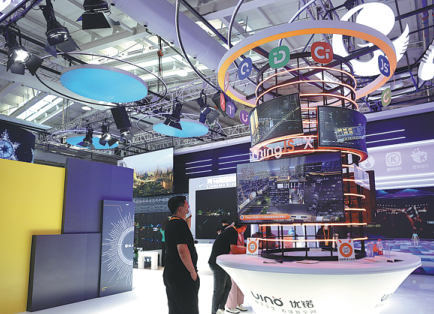
Chaoyang district’s display area at the thematic exhibition of culture and tourism services. ZOU HONG/CHINA DAILY

